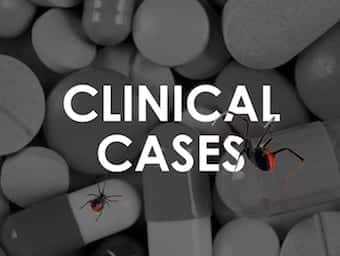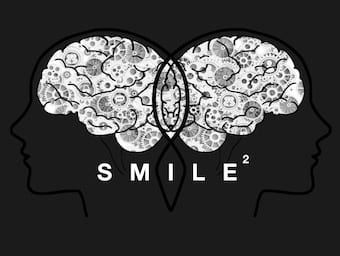
Open Fractures
An open fracture is a fracture that communicates with an overlying disruption of the skin and soft tissues. They are also called compound fractures. Open fractures are potentially limb-threatening injuries.

An open fracture is a fracture that communicates with an overlying disruption of the skin and soft tissues. They are also called compound fractures. Open fractures are potentially limb-threatening injuries.

Stress induced hyperglycaemia (S.I.H) is common in critically ill patients. Define SIH

A 21-year-old male with a background of schizophrenia and previous intentional overdose, weighing 70kg, was brought to the ED via ambulance after having a witnessed seizure at home.

This is the LITFL CCC master page for tracheostomy — follow the links for further discussion of the following:

Water loss in excess of salt deficit. Hypernatremia is usually due to insufficient water (primarily in patients who either do not experience thirst normally, or cannot act on it). Hypernatraemia occurs less commonly associated with excess salt

Short editorial snippets from Vol. 24 Issue 3 of Emergency Medicine Australasia (EMA Journal) published online on 3 August 2012.

What does society expect of today’s doctor? More importantly, what does today’s doctor expect of themselves? How can we become better doctors?

Funtabulously Frivolous Friday Five 159 - Just when you thought your brain could unwind on a Friday, some medical trivia FFFF.

Attendees and faculty at the recent International Emergency Medicine Teaching Course in Baltimore will empathize with the critical nature of this scenario (each day bigger and bigger coffee machines were brought to the course!).

For each of the microbes listed below; list the most appropriate antibiotic(s) of choice for treatment of infection resulting from these organism.

Methanol has a long history of causing toxicity. Famously in prohibition when bootleg alcohol or moonshine was produced, unfortunately this is still a problem today with local brews in countries with poor regulations. It is commonly known to cause blindness but it also can be lethal, particularly if the patient has deliberately ingested methanol with a suicidal intent.

Isopropanol (isopropyl alcohol) causes the same effects as ethanol but is more potent. Commonly found in hand sanitisers, disinfectants, solvents, window cleaners and perfumes. Classically it causes an elevated osmolar gap without an anion gap and the patient smells of acetone. Fortunately care is largely supportive.